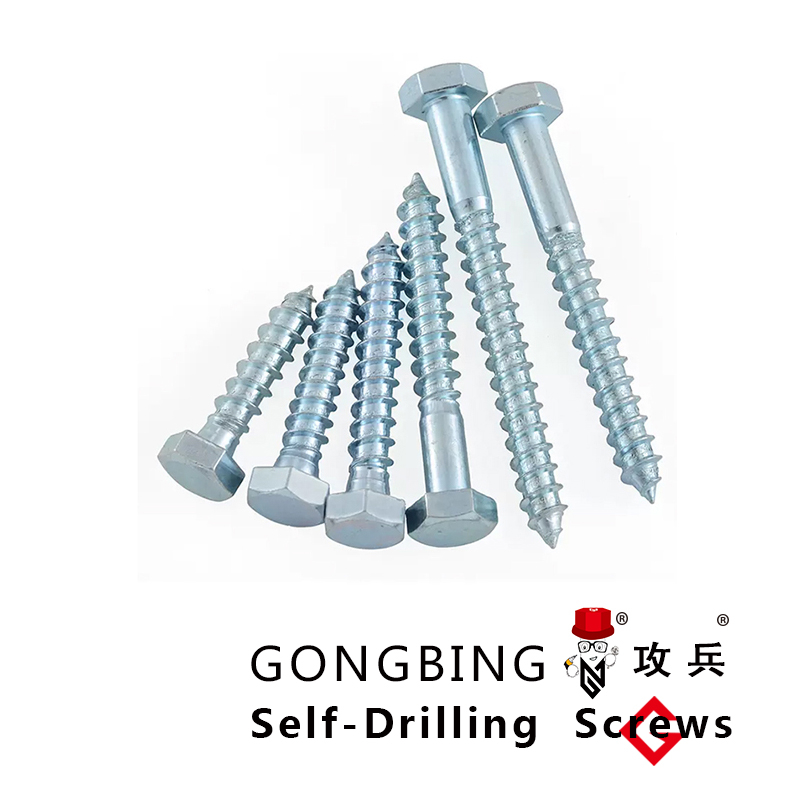shear connector studs
Shear Connector Studs Essential Components for Composite Structures
In modern construction and engineering, the integration of steel and concrete has become a prevalent method for creating robust and durable structures. One of the key elements in achieving this composite behavior is the use of shear connector studs. These small yet vital components play an indispensable role in ensuring that the interaction between steel beams and concrete slabs is effectively managed, ultimately enhancing the strength and stability of a structure.
Understanding Shear Connector Studs
Shear connector studs, typically made from steel, are cylindrical rods that are welded to the top flange of a steel beam. Their primary function is to provide mechanical interlocking between the concrete slab and the steel beam, allowing them to act together as a composite unit under various loading conditions. This interaction is crucial because it leads to improved load distribution and enhances the overall performance of the structural system.
Types of Shear Connectors
There are several types of shear connectors, but the most commonly used are headed shear studs, which are often referred to simply as shear studs. These studs have a head at one end, which significantly increases their resistance to shear forces. The size and spacing of the studs are determined based on the expected shear forces, the dimensions of the beam, and the thickness of the concrete slab. Properly designed and installed shear connector studs can greatly enhance the load-carrying capacity of composite beams, making them a critical consideration in structural design.
The Benefits of Using Shear Connectors
The incorporation of shear connector studs offers multiple advantages in structural applications
1. Increased Load-Bearing Capacity By allowing the steel beam and concrete slab to work together, shear connector studs can significantly increase the load-bearing capacity of composite beams. This means that structures can support heavier loads without needing extensive reinforcements.
shear connector studs

2. Reduced Structural Deflection Composite action facilitated by shear studs helps minimize the deflection of beams under load. This is particularly important in long-span structures where excessive deflection can lead to serviceability issues.
3. Improved Durability The use of shear connector studs can enhance the overall durability of the structure. Since the concrete slab helps to protect the steel beam from environmental degradation, the lifespan of the structural elements is extended.
4. Economic Efficiency With increased load-carrying capacity and reduced deflection, designers can often specify lighter and less expensive materials, leading to cost savings in both material and labor.
Design Considerations
When designing shear connector studs, engineers must consider various factors, including the type of loads the structure will experience, the material properties of the concrete and steel, and the desired performance under service conditions. The spacing and number of studs must be carefully calculated to ensure adequate shear transfer while avoiding excessive reinforcement that could increase costs unnecessarily.
Furthermore, the quality of welding during installation is paramount. Poorly installed shear studs can lead to failure in the composite action, compromising the structural integrity of the entire system. Ensuring adherence to construction standards and performing regular inspections during the installation process are essential for achieving optimal outcomes.
Conclusion
Shear connector studs are essential components in the realm of composite construction, playing a crucial role in connecting steel beams and concrete slabs. Their ability to enhance load-bearing capacity, reduce deflection, and improve durability makes them indispensable in creating efficient and resilient structures. As engineering practices continue to evolve, the importance of shear connector studs will remain significant, ensuring that buildings and bridges can withstand the test of time while meeting modern performance demands.
In conclusion, whether in high-rise buildings or infrastructural projects, shear connector studs will undoubtedly continue to be a focal point in the design and construction of composite structures, underpinning the intersection of strength, efficiency, and sustainability in engineering.
-
Weatherproof Plastic Expansion Anchors for OutdoorNewsJun.06,2025
-
Sustainability in the Supply Chain: Eco-Friendly TEK Screws ProductionNewsJun.06,2025
-
Load-Bearing Capacity of External Insulation FixingsNewsJun.06,2025
-
Double Head Bolts: Enhancing Efficiency in Industrial MachineryNewsJun.06,2025
-
Corrosion Resistance in Chipboard Screws: Coatings for Wholesale DurabilityNewsJun.06,2025
-
Butterfly Toggle Bolts : Enhancing Structural ResilienceNewsJun.06,2025
